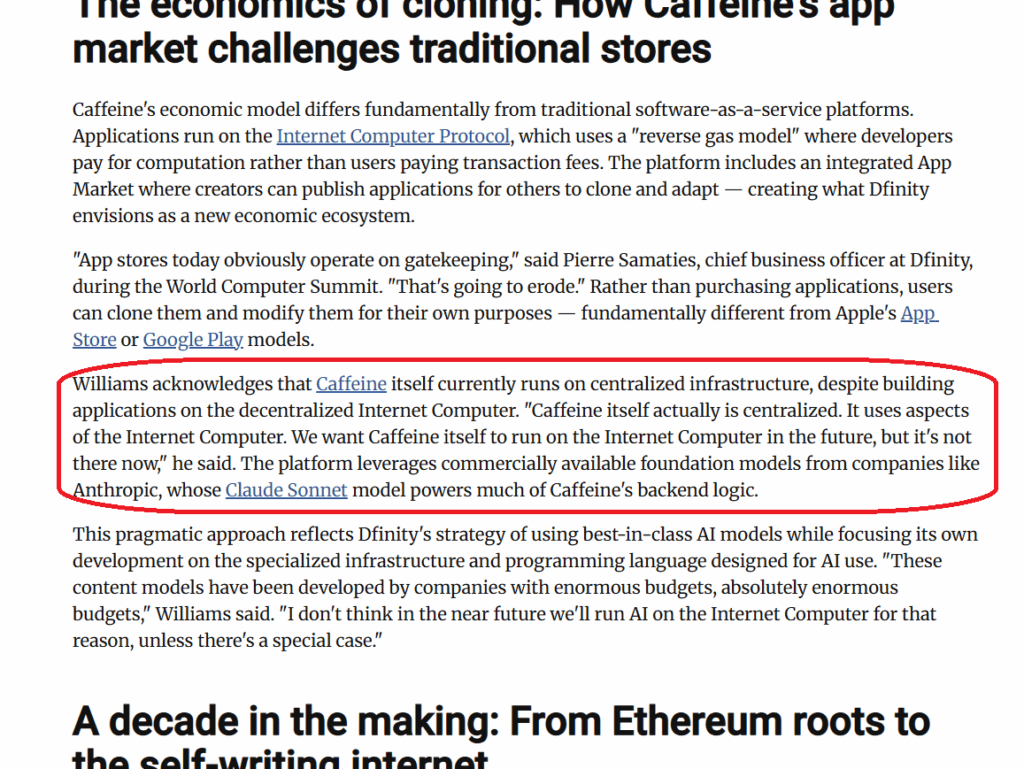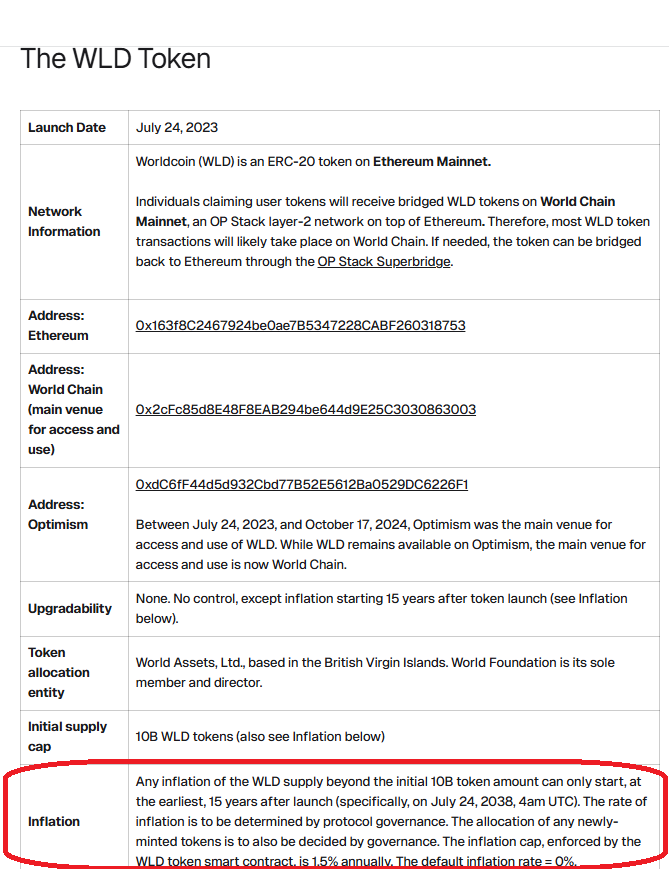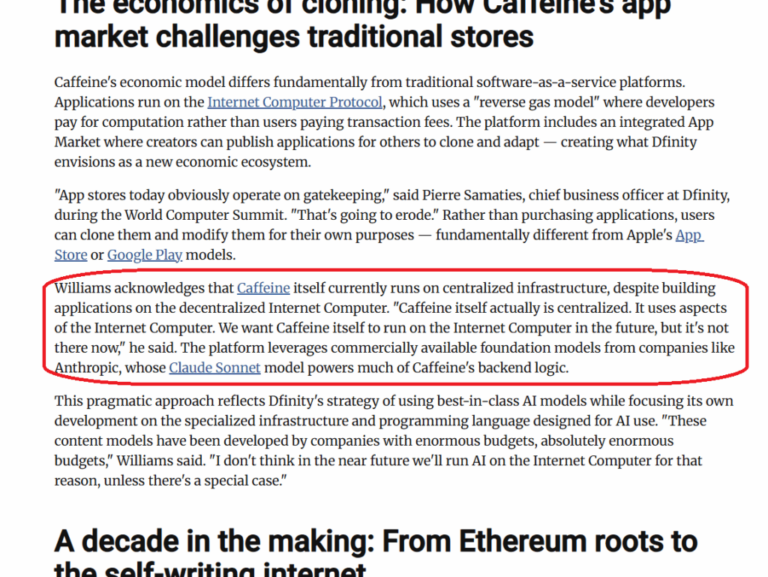
Most people trust the top 100 altcoins. Big caps feel safe. So, many traders chase hype. They buy altcoins that look strong because of rank, logo, or loud fans. But that idea can fool you. In this video, I reveal two well-known altcoins that show real signs of decline. Not guesses. Not fear. Real signals in the data. You will see weak use cases, shrinking interest, and red flags most investors skip past.
This is not about doom. It is about knowing which altcoins to avoid. If you want to protect yourself in a market full of noise, this breakdown will help. These altcoins may look fine today. However, the truth is far less bright. So, why would you pick these altcoins when there are better options available?
Internet Computer Protocol ($ICP)
Internet Computer Protocol ($ICP) is a blockchain built by the DFINITY Foundation. It launched in May 2021. It aims to replace parts of cloud computing. Internet Computer plans this by running apps, smart contracts, and data fully on-chain. Its goal is to act like a decentralized, scalable internet.
However, since its $ICP token launch, ICP has been buried by lawsuits. Investors claim that $ICP’s 2021 launch hurt them. They say insiders dumped huge amounts of tokens early. This caused a fast price crash. Up to 80% within six weeks.
A lawsuit argued that $ICP was an unregistered security sold with little transparency. The case was later dismissed on timing. However, doubts about fairness and insider gains still linger. It also raised valid centralization concerns. This is something ICP won’t be able to shake off easily, or at all.
The Infinite Cloud Promise
ICP still faces core limits that block its “infinite cloud” promise. Developers on the official forum note, for instance,
- Strict instruction caps. This makes complex or heavy applications hard to deploy.
- Memory limits. ICP works with canisters. They have a capped memory to a 4 GiB limit. There’s “stable memory” up to 500 GiB. However, this also comes with cost, complexity, and limitations.
- Fixed subnets. This limits scaling and weakens shared security.
- Message-size ceilings. Each block can only include up to 1,000 messages,
- Storage bottlenecks. This creates slow performance, higher costs, and complex architectures for real apps.
1/ Please take time to digest this and understand the nuances of what I’m about to explain
It’s too complicated to explore every possible implication and possible future here
But here we go…
ICP has a number of crucial weaknesses
We need to pay attention to @aoTheComputer
— lastmjs (@lastmjs) March 9, 2024
These constraints stop ICP from working as a truly limitless on-chain compute platform. ICP promised “cheap, infinite blockchain compute” for devs. However, its pricing may be more expensive than earlier promised.
Building complex apps on ICP still demands specialized knowledge. This may deter mainstream developers or teams used to conventional cloud environments. They will look for other options. This may also explain daily active users on ICP. That number is according to Artemis only 4.8k. And whatever way you look at that number, it’s not good.
Sustainable adoption and actual Use-Cases
There’s also a lack of real, sustainable adoption and actual use-cases. ICP aims to host full applications on-chain. That’s with front-end, back-end dApps. However, many observers question whether there is real demand.
$ICP (The Internet Computer)
Raised $167M and somehow became the poster child for overhyped L1s.
Launched on Binance at a $1.3T FDV, yes, trillion and instantly became a ghost chain.
Its “top project” is ICPSwap with a grand total of $6M TVL.
Around 99% of on-chain activity… https://t.co/JXUQ0YakEU pic.twitter.com/fbSUOMX4DA
— Midas (@midascabal) November 19, 2025
One change in this can be the launch of the Caffeine app. This is ICP’s new AI tool that builds Web3 apps from simple prompts. It sparked hype because it makes app creation easy and fits ICP’s dream of a self-writing internet.
However, critics and ICPs founder, Dominic Williams, note that Caffeine still relies on centralized parts. That is obviously not good. The “decentralized cloud and AI” promise by ICP isn’t yet fully realized. Its real adoption is also low. ICP’s technical limits remain as well. There’s still not much progress made here. It is a hopeful sign, not proof of a real turnaround.

Source: Venturebeat
Tokenomics
Furthermore, looking at the tokenomics, they’re also not the best. I already discussed the price crash after the TGE. Another thing to consider is that $ICP has an unlimited supply. I’m never a fan of this kind of tokenomics.
The current $ICP price is $4.08. It saw a 3x within a week, reaching $9.29 on November 8th. That was with the news of the Caffeine app launching. However, this also seems like speculative hype or short-term trading behavior. This is not guaranteed adoption or a change in long-term fundamentals. Looking at all that I discussed today, ICP is not something that I would touch.
Worldcoin ($WLD)
Next on today’s list of altcoins is Worldcoin ($WLD). It’s a digital ID and cryptocurrency project backed by Sam Altman. He’s the CEO of OpenAI, the company known for creating the ChatGPT and DALL-E platforms. DALL-E creates images from textual descriptions. Worldcoin scans people’s irises with an Orb to create a unique global ID and gives users its token, $WLD. Its goal is to be a universal, secure identity system for the AI age.
Regulatory Concerns
But here’s also immediately an issue. There have been regulatory blow-ups and court orders risk shutdowns. Various national authorities have banned or ordered deletion of iris data. This included halting Worldcoin operations. This can force large market exits and loss of user trust. Countries that banned Worldcoin or where it has regulatory issues, are among others,
- Spain. The AEPD ordered a temporary ban in March 2024.
- Portugal. The CNPD ordered a 90-day suspension on biometric data collection as of March 26, 2024. As of today, there’s no official follow-up public statement declaring that the ban was ended.
- Brazil. The ANPD ordered suspension of operations. This was upheld after appeal from January 2025 onward.
- Columbia. This country issued a shutdown order in October 2025.
- Hong Kong. Here, there was a cease-and-desist order in May 2024.
- Thailand. The PDPA suspended Worldcoin only a few days ago. It deleted 1.2 million records of collected data.
Worldcoin just hit a major roadblock in Thailand 🚫👁️
So, Thailand’s data watchdog just told Worldcoin to delete over 1.2 million iris scans it collected in the country. Yep, you read that right. The project, backed by Sam Altman, was trading crypto for eyeball scans—but the… pic.twitter.com/l5YvYfutQC
— Seven Crypto 🐋 (@SevenWinse) November 26, 2025
The reasons are very similar in each country. They banned collection and processing of data with minor variations. Germany (and Europe), Indonesia, South Korea, and Kenya are also part of this.
Sam Altman’s Worldcoin is raising government eyebrows
• Kenya – suspended oprations
• UK, France, Germany – probing operations
• US – not available yet over regulatory concernsOver 2 million people have already signed up for the digital ID/crypto project pic.twitter.com/MSNbdLcw9n
— Morning Brew ☕️ (@MorningBrew) August 3, 2023
Ethical Concerns
This brings up the next concern. That’s ethical concerns and accusations of exploiting vulnerable populations. For example, Hong Kong cited violations of privacy laws. Critics say incentivized iris signups in poorer countries risk data exploitation. This can cause reputational damage that will scare partners and users away.
Worldcoin is not “pro-privacy,” that’s the worst part of the scam.
Being able to spin up multiple pseudonymous identities. IS privacy.
If I have one singular identity bound to me forever. That is the opposite of privacy. It’s a trap.
— Nick Almond (@DrNickA) May 10, 2025
So, the Orb scans your iris. It creates a unique code called an IrisCode. This code proves you are a real, unique human. However, Worldcoin claims that it doesn’t store your actual eye image. That’s where many regulators disagree.
The system is designed to be fully private:
– Unless users explicitly and clearly consent to data custody, images never leave the orb and are deleted as soon as the IrisCode generation finishes.
– There’s no link between IrisCode and the wallet belonging to the user pic.twitter.com/7P2z72j3eE
— World (@worldcoin) January 27, 2023
The IrisCode ties your data to a World ID, which is your digital identity inside the system. Once your World ID is verified, you can receive WLD tokens in the World App. Providing it’s legal in your country. So, the scanning is incentivized, and that’s where there is a potential issue. Currently, you receive almost 46 $WLD for an iris scan. This is worth around $28 at current prices.
Source: Worldcoin whitepaper
Tokenomics
Unfortunately, the tokenomics of $WLD don’t look too great. There’s a max supply of 10 billion $WLD. However, since its launch in July 2023, only 23% circulates. There will be token unlocks for the first 15 years. So, that’s until July 2038. After that, there’s also the option for a 1.5% annual inflation. The current $WLD price is almost 65.5 cents with a $1.5 billion market cap. It’s down almost 74% over the last year. However, it has a better DAU (Daily Active Users) than ICP, almost 30.1k. That’s 6x more.
Still, there are too many potential regulatory and ethical concerns for my taste. This looks too much of a risky project for my liking.
So, how do you feel about these two altcoins? Whether you agree or disagree with my views, let me know in the comments. Also, make sure to join our discussion on X and Discord.
Disclaimer
The information discussed by Altcoin Buzz is not financial advice. This is for educational, entertainment and informational purposes only. Any information or strategies are thoughts and opinions relevant to accepted levels of risk tolerance of the writer/reviewers, and their risk tolerance may be different from yours.
We are not responsible for any losses that you may incur as a result of any investments directly or indirectly related to the information provided. Bitcoin and other cryptocurrencies are high-risk investments, so please do your due diligence.
Copyright Altcoin Buzz Pte Ltd.
The post AVOID These 2 Dead Altcoins! appeared first on Altcoin Buzz.

